ETL vs ELT: Key Differences, Benefits & Use Cases Explained
It's amazing to see how Data teams today are racing ahead - moving from traditional warehouses to cloud-native platforms, lakehouses, and real-time architectures. But in this rush,...
While using Office Apps (Word, PowerPoint and Excel), you can save your file in one place at a time. However, you could possibly face data loss if uncertainties such as system crash, hard drive failure, etc. occur. Hence, you have to maintain proper backups to save your data.
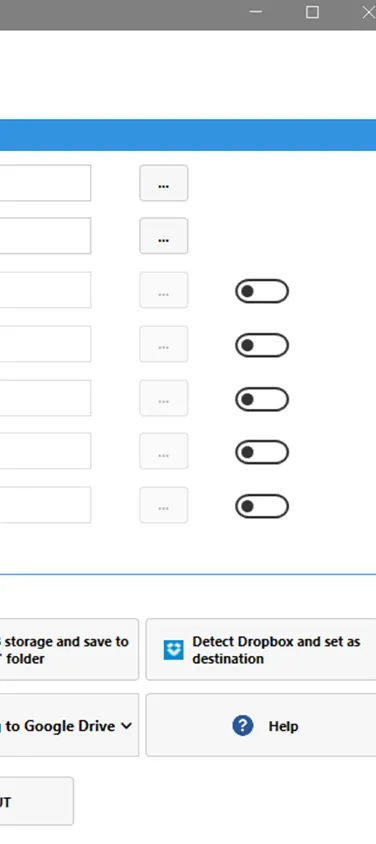
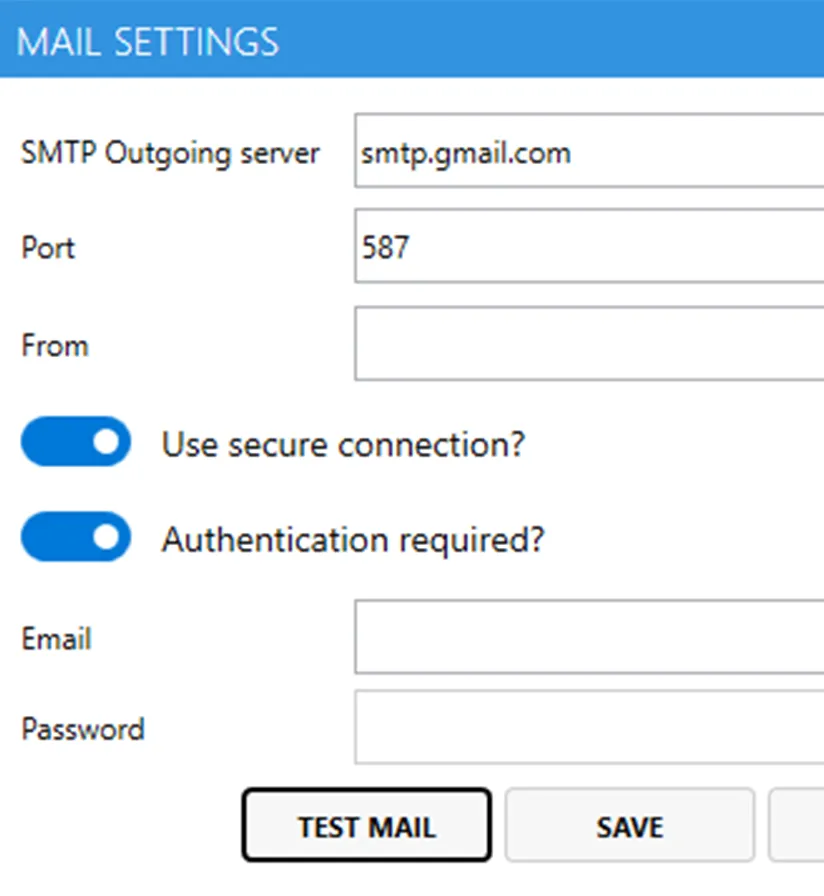
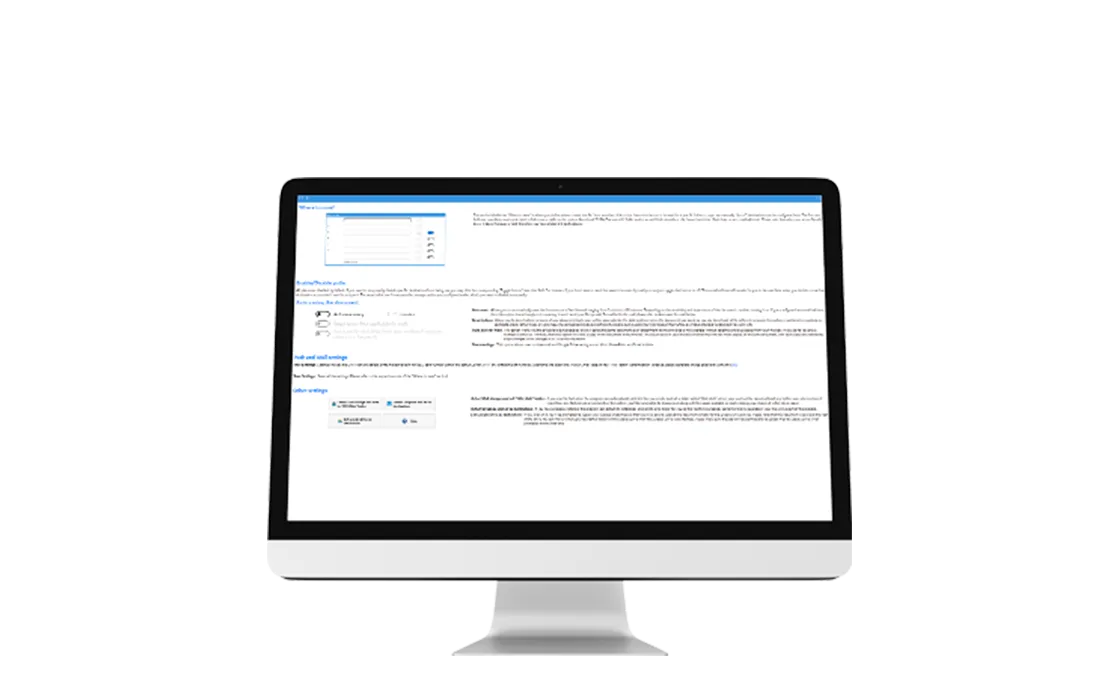
We encourage you to contact us with any questions or comments you may have.
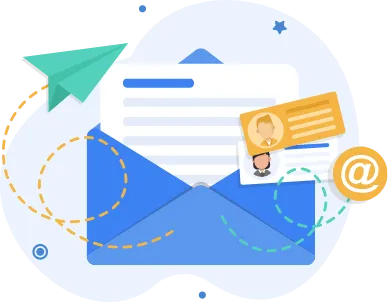
iFour Technolab USA. Inc, a leading sustainable Office 365 Add-in development company, built an application to cope with these concerns. The solution allows the user to store the file in multiple locations with just one click. It also provides a way to automatically save the file after certain intervals set by the user. This add-in works with Excel, Word and PowerPoint which makes it an All-In-One solution to save spreadsheets, documents and presentations at multiple locations. This application supports Word, Excel and PowerPoint versions 2007, 2010, 2013, 2016 and 2019, both 32 and 64-bit editions of the Office Application. The user does not need to worry about losing their work as this application provides a one-click solution of saving the file at eight different locations.
The solution comprises the following features:
Setting eight different paths to save files – The Add-in allows users to set eight different paths for saving the files which include Google Drive, Dropbox, Gmail, network paths, and local paths.
Auto-save the files – The user can enable autosave with a certain time interval. At the specified time interval, it will simply auto-save your file at the mentioned paths.
The shared setting for all three Office Applications – Settings between Word, Excel and PowerPoint can be shared so that the user does not have to configure each application separately.
Detects USB storage – It detects if the USB storage is connected with one click and sets it as a path.
Detects Dropbox – It detects the Dropbox folder and sets it as a path.
Keeping a history of files – If this option is enabled, it will create a copy of a file with a time-stamp at every interval, so that users can track the changes in the file.
Mail settings – Configuration of the mail SMTP server, port, username and password for sending the mail (if one of the paths is set to an e-mail address).
iFour Technolab USA. Inc. has provided a unique solution in the form of a VSTO Add-In to backup files at different locations with one click. Moreover, the auto-save feature saves your day when you forget to save a file by automatically saving it on specified locations. This VSTO Add-In is easy to configure. The user needs to provide paths, which can be either local or in the network, by clicking on the Settings option of Microsoft Word, PowerPoint and Excel.
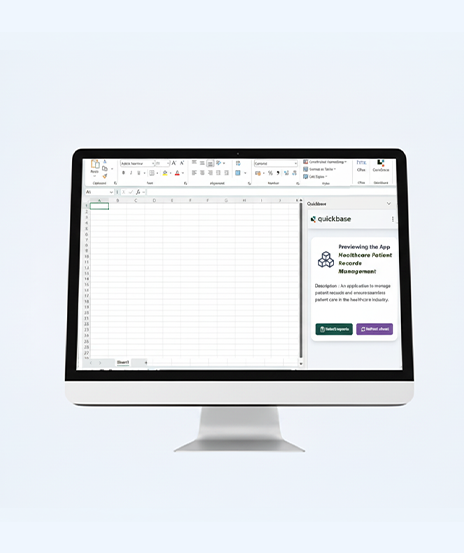
Quick Summary Many U.S. businesses face a common challenge: data being stuck in core systems, making analysis slow and frustrating. Exporting and matching versions takes time and often causes mistakes. This case study shows how iFour...
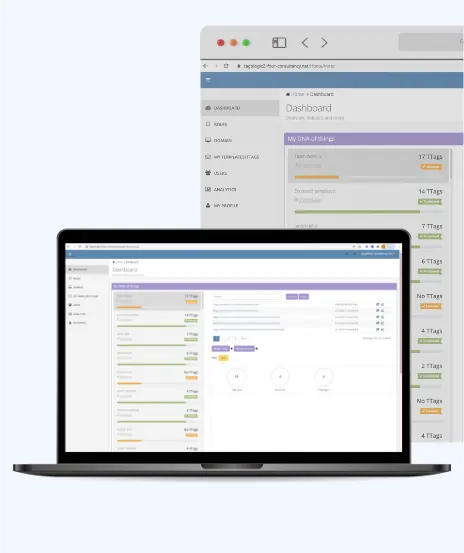
About Customer Customer is an innovator of model that uniquely identifies every physical and logical objects in the world. Customer is based in the Netherlands and has patented this model of uniquely identifying objects. Unique identifier specifies...
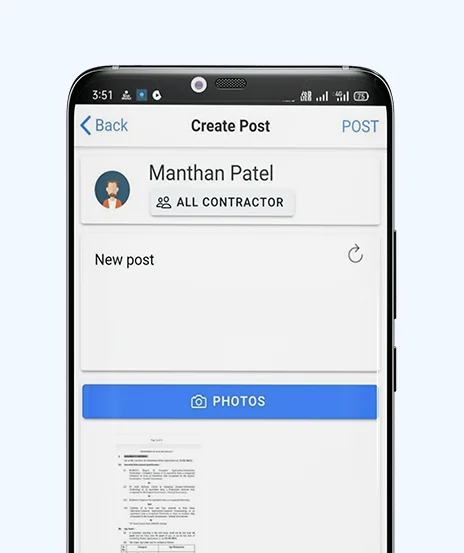
Sometimes contractors face difficulty in finding workers in their area to complete jobs on time. The client was seeking to build a solution where contractors can post their job requirements easily and find workers effortlessly. iFour Technolab has helped...

About Customer Customer is an engineering consultant firm based in Australia. Customer’s core business is to provide services in real estate sector and property development industry. Customer designs sustainable engineering projects for...
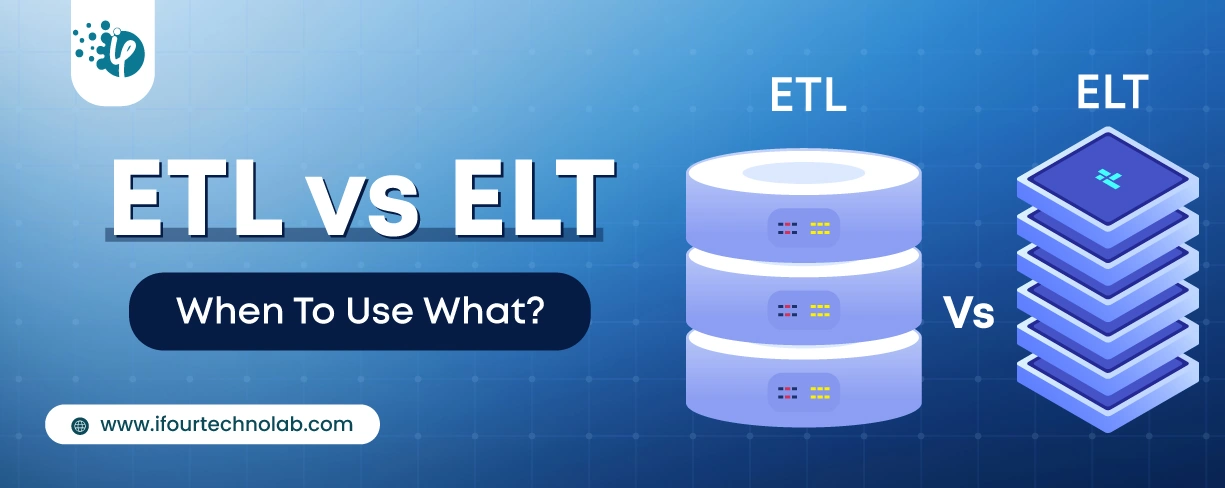
It's amazing to see how Data teams today are racing ahead - moving from traditional warehouses to cloud-native platforms, lakehouses, and real-time architectures. But in this rush,...
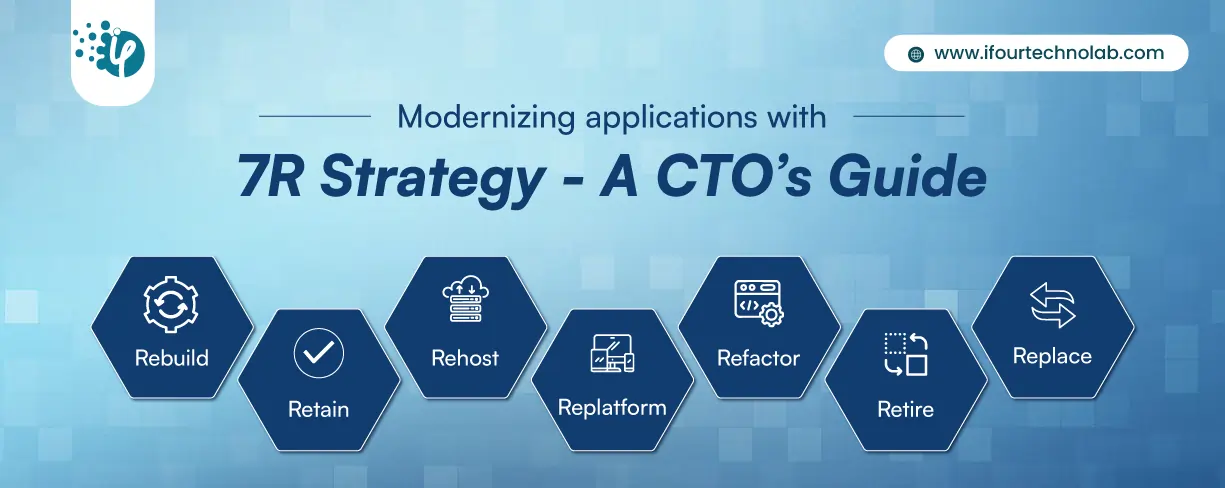
Think about the last time CTOs spent most of their time fixing old systems. Updates were slow, servers were expensive, and adding new features took time. Now, things have changed....

According to HackerOne, fixing a security issue after software is released can cost 30 times more than fixing it during development. Today, CTOs take a different approach. Shift...